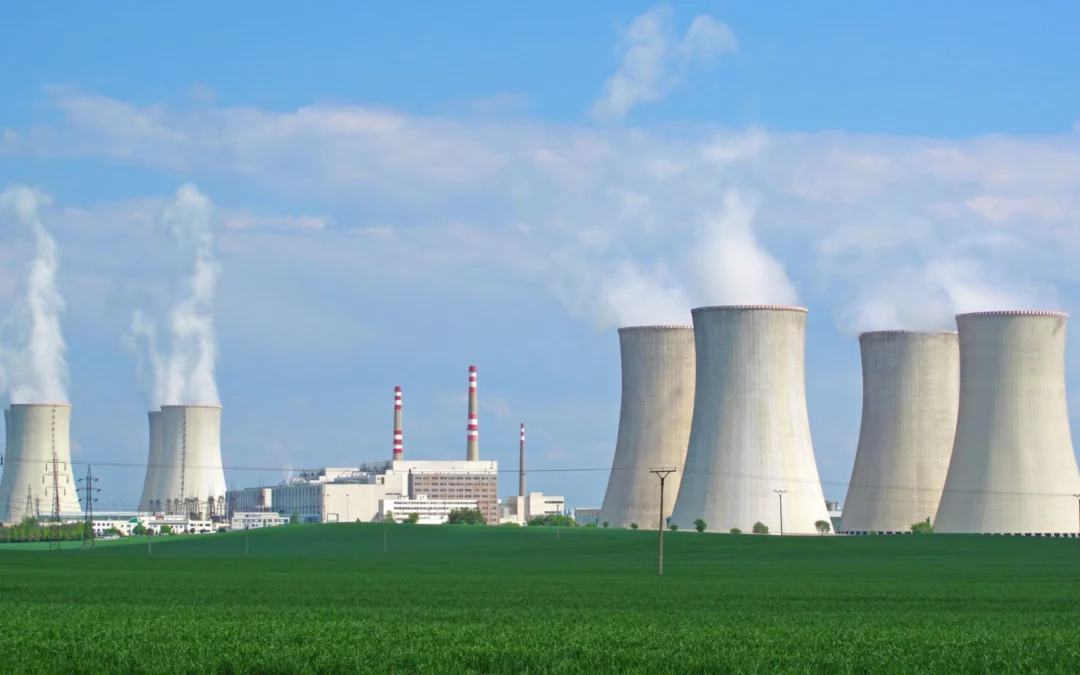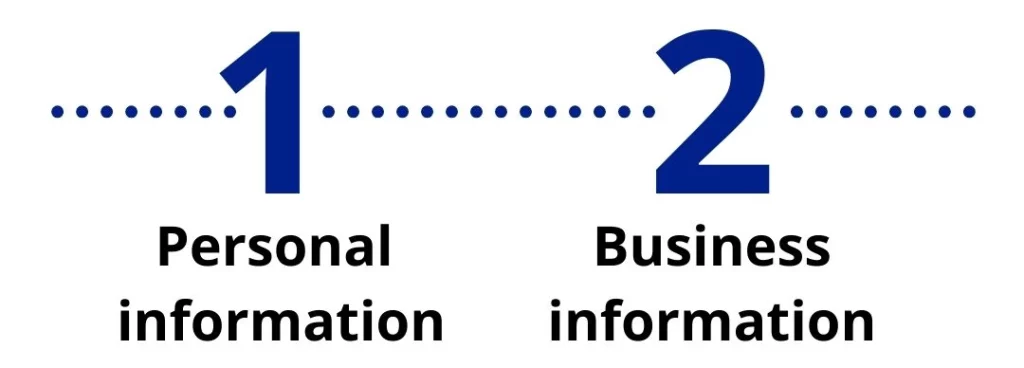Pros & cons of nuclear energy: is it safe?
People often associate nuclear energy with nuclear bombs, or tragedies like Chernobyl or Fukushima. If this is your impression or image of nuclear power, you will be surprised to learn that nuclear energy is actually considered one of the most environmentally friendly forms of power generation. If you compare nuclear energy with other forms of energy generation, it is much more efficient than any other form and is actually considered one of the most environmentally friendly means of energy production available.
There are of course, many challenges associated with producing nuclear energy including initial cost, waste, security, safety, and more. Here are the main pros and cons associated with nuclear energy.
What is Nuclear Energy?
Before going forward, let’s quickly define nuclear energy and how it’s created. Nuclear energy is created by splitting uranium atoms. When atoms are split they become 2 smaller, lighter atoms and because energy doesn’t just disappear, the “lost” mass is converted into heat. This heat is then used to produce electricity. Nuclear power plants create a controlled environment for this process.
Pros of nuclear energy
- Nuclear energy protects air quality
Nuclear energy is the largest source of clean energy in the world. It produces about 800 billion kilowatt hours of electricity each year and produces 50% of the nation’s emissions-free electricity. This avoids over 470 million metric tons of carbon every year, which is like taking 100 million cars off the road.
- Nuclear energy’s operating costs are low
Once a nuclear plant is built, the cost of producing electricity is much less than gas, coal or oil unless those fossil fuels are located very close to their power plant. Nuclear energy also has a comparatively low risk of price inflation. This is because less factors affect the price, as opposed to fossil fuels which are affected by a multitude of factors and their prices vary wildly.
- Nuclear energy uses considerably less land
Nuclear power is incredibly efficient at producing electricity and because of this, it requires significantly less space than any other clean source.
A standard 1,000 megawatt nuclear facility in the United States needs slightly more than 1 square mile to operate. Per the Nuclear Energy Institute (NEI) wind farms require about 360 times more land to produce the same amount of electricity and solar plants require 75 times more space.
- Nuclear energy is the most reliable energy source in America
Nuclear power plants were able to run at full capacity more than 92% of the time and generated 20% of U.S. electricity last year. To put this in perspective nuclear operated at full capacity 336 out of 365 days last year (the 29 days off were for standard maintenance). In contrast, hydroelectric systems were running 38.2% of the time (138 days a year), wind turbines produced 34.5% of the time (127 days a year), solar arrays only generated electricity 25.1% of the time (92 days a year), and fossil fuels were active about 50% of the year. Nuclear is the clear winner on reliability.
- Nuclear power puts less radiation into the environment than any other major source
Most people don’t know that non-nuclear energy sources release radiation into the environment. The worst offender is actually coal which contains radioactive elements thorium and uranium. When coal is burned, its organic materials gasifies and its mineral components concentrate into waste. This waste is called fly ash. Since so much coal is burned all over the world, which produces so much fly ash, coal is actually the major source of radioactive releases into the environment.
- Disposing nuclear waste is no longer a technological problem
The disposal of nuclear waste is a political problem in the U.S., not a technological one. Over 90% of the spent fuel in the U.S. could be recycled and used to extend nuclear power production for hundreds of years. Instead of doing this, it sits safely in impenetrable concrete and steel dry casks on the grounds of active reactors, slowly losing its radiation.
In New Mexico, the U.S. Waste Isolation Pilot Plant (WIPP) stores transuranic military waste and it could store commercial nuclear waste in its 2-kilometer thick bed of crystalline salt. The salt formation extends from southern New Mexico all the way to southwest Kansas. This could easily hold the entire world’s nuclear waste for 1000 years.
To put this in perspective, we could take all of the fuel used by the U.S. over the last 60 years and fit it in a football field about 10 yards deep.
Cons of nuclear energy
- Nuclear plants are extremely expensive to build
Even though they are relatively cheap to operate, nuclear plants are very, very expensive to build and are getting more expensive. The cost to build a nuclear power plant has risen from $2-$4 billion to $9 billion and construction often exceeds estimates. Nuclear plants must also set aside funds to build structures to protect and secure nuclear waste produced.
- Risk of nuclear accidents
Even though nuclear power plants have extremely strict measures in place to prevent accidents, they obviously do occur. Such accidents can cause radiation to leak which can lead to serious health complications or death and serious environmental damage.
However, as technology advances, the negative effects are minimized and studies show that even if you account for catastrophes like Chernobyl fossil fuels are substantially more deadly.
- Environmental Impact
Though the actual production of electricity doesn’t produce emissions, the process of mining the uranium needed isn’t clean. The mining of uranium is known to release arsenic and radon to surrounding areas.
Nuclear power plants also cause thermal pollution. Most nuclear plants are located on a lake or ocean as they need water to cool their reactors. The body of water is used to condense steam back into water.
This process causes the water to heat up to around 100 degrees Fahrenheit. If this hot water is immediately released back into the body of water it can significantly change the chemistry and make it inhabitable to most aquatic life.
- Radioactive waste
The waste produced by nuclear plants is radioactive and remains so for thousands of years. This waste needs to be safely stored and ideally recycled. There is also the potential for a leak which could cause damage to surrounding areas.
- Nuclear is not currently renewable
If you account for all known uranium deposits and current consumption we have about 200 years of uranium left. If you account for recycling used fuel that number would increase by hundreds of years.
The future of nuclear energy
There are clear arguments that support both sides of the nuclear debate. But as technology advances nuclear energy could be a key factor in helping us achieve 100% clean energy in the future.
Another thing to keep in mind is if nuclear fusion can be achieved, it would supply nearly limitless clean energy.



